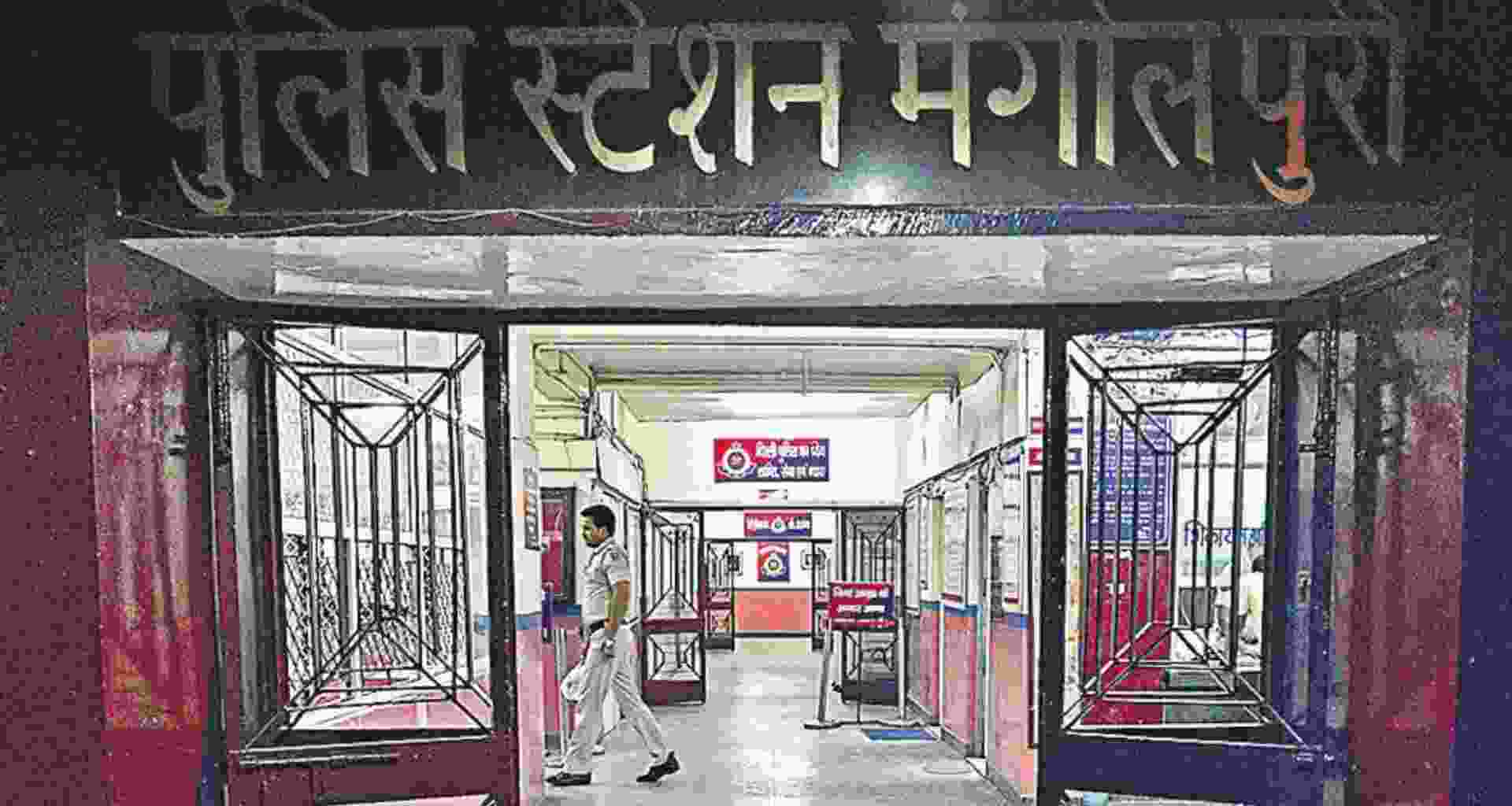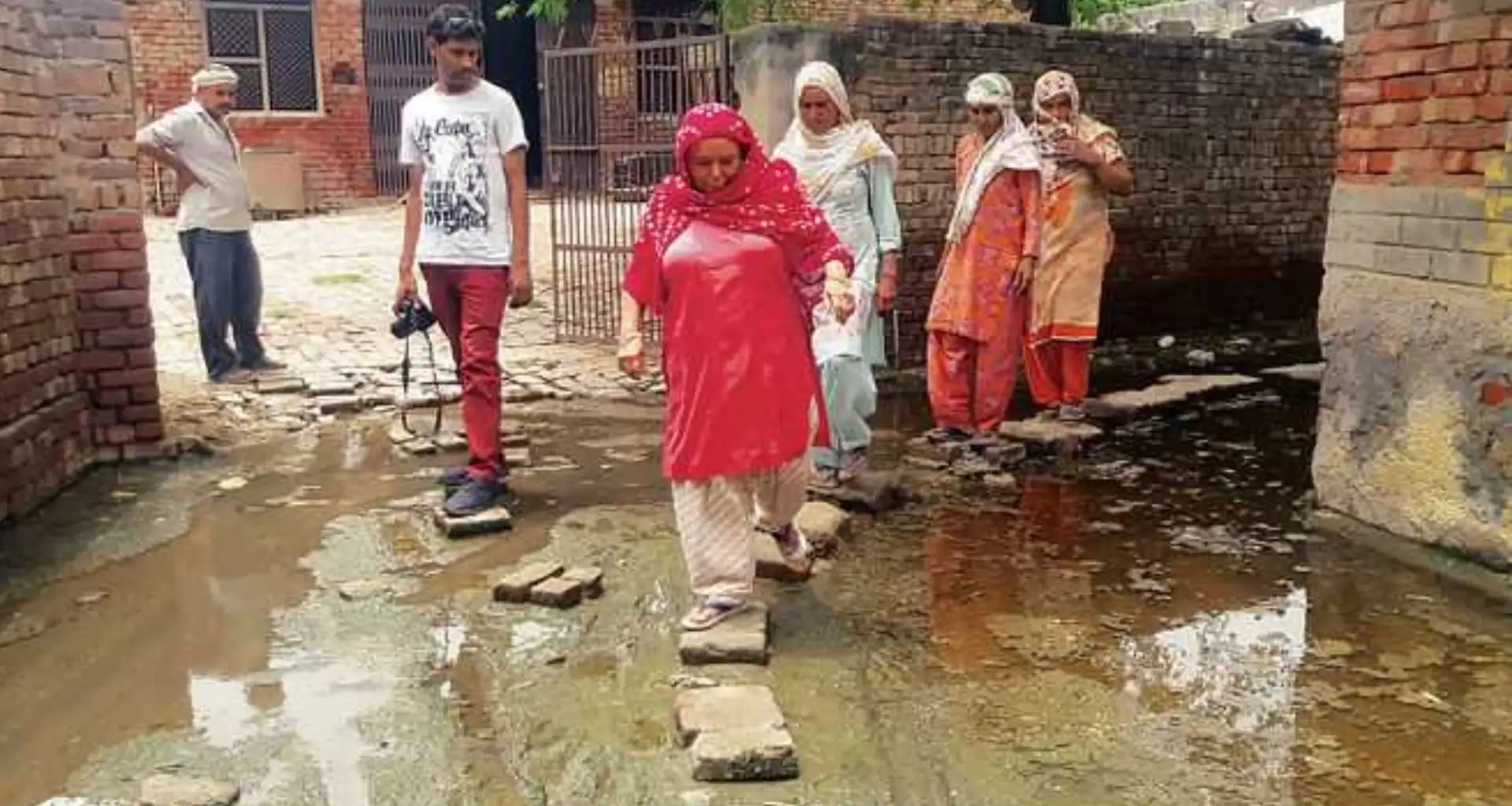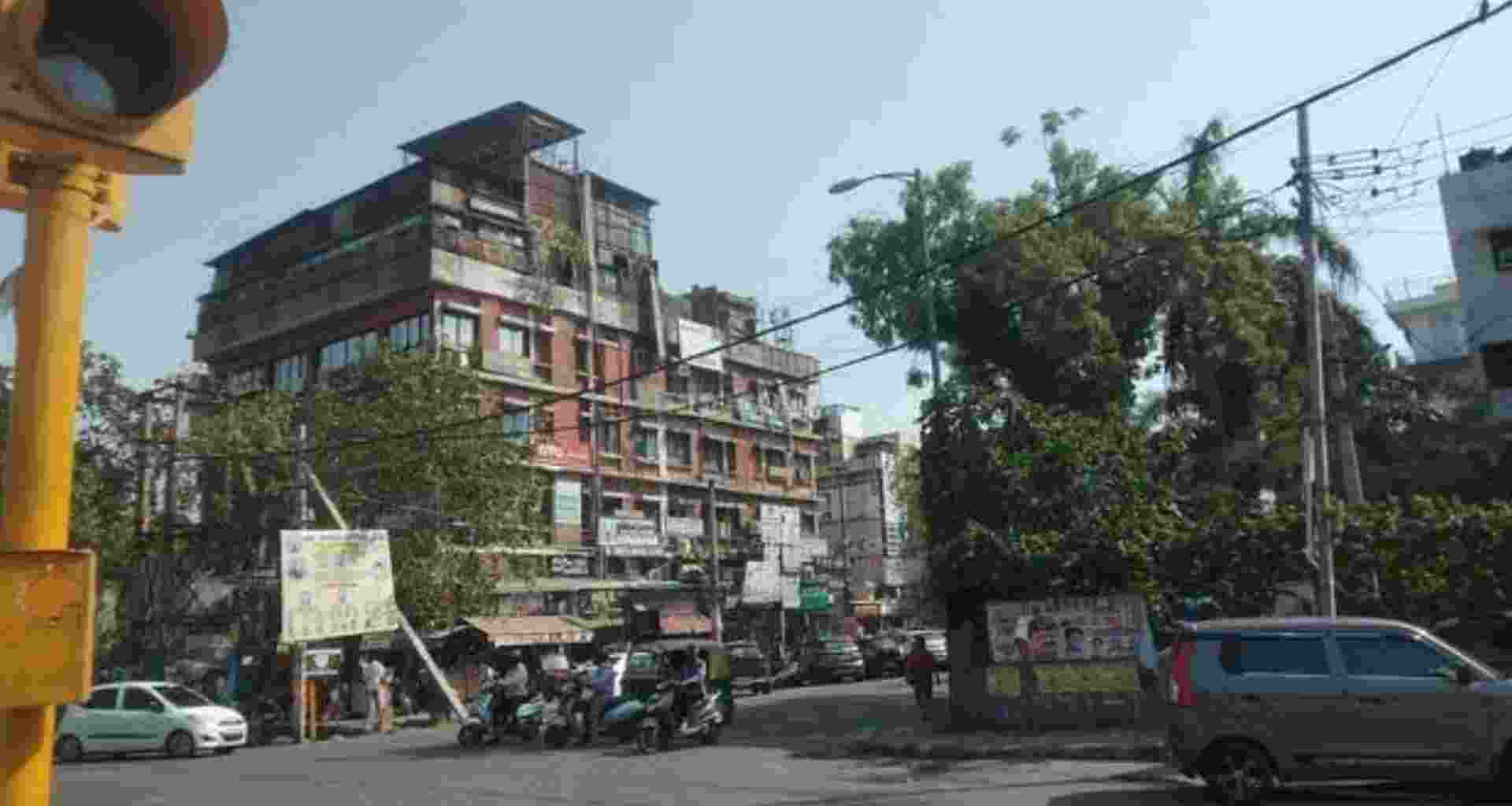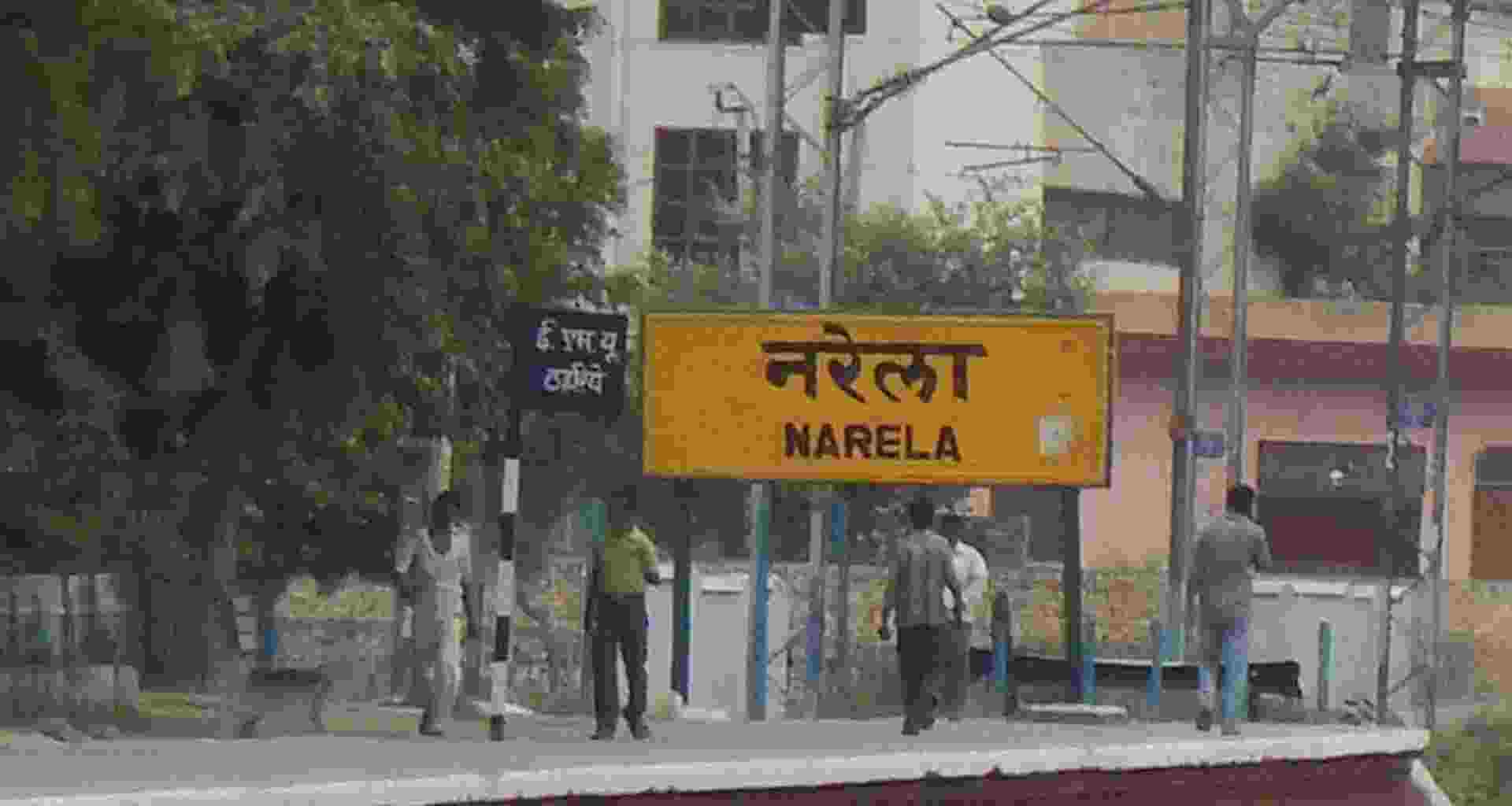Mangolpuri Assembly Constituency is one of the seventy Delhi Assembly constituencies, nestled in the North West Delhi district. Known for its diverse demography, this constituency plays a vital role in shaping the political landscape of Delhi. As part of the North West Delhi Lok Sabha constituency, it holds immense importance in the state’s political narrative.
Political Representation Mangolpuri Assembly Constituency
The Mangolpuri assembly constituency has witnessed dynamic shifts in political allegiances over the decades. Below is a summary of its political journey:
Members of the Legislative Assembly (MLAs)
| Year | Name | Party |
|---|---|---|
| 1993 | Raj Kumar Chauhan | Indian National Congress (INC) |
| 1998 | Raj Kumar Chauhan | Indian National Congress (INC) |
| 2003 | Raj Kumar Chauhan | Indian National Congress (INC) |
| 2008 | Raj Kumar Chauhan | Indian National Congress (INC) |
| 2013 | Rakhi Birla | Aam Aadmi Party (AAP) |
| 2015 | Rakhi Birla | Aam Aadmi Party (AAP) |
| 2020 | Rakhi Birla | Aam Aadmi Party (AAP) |
| 2025 | RAJ KUMAR CHAUHAN | Bharatiya Janata Party |
Election Results: Mangolpuri Assembly Constituency
Mangolpuri Assembly Constituency Results 2025
| Candidate Name | Party | Votes | Vote Change | Status |
|---|---|---|---|---|
| RAJ KUMAR CHAUHAN | Bharatiya Janata Party | 62,007 | +6,255 | Won |
| DHARAM RAKSHAK ALIAS RAKESH JATAV | Aam Aadmi Party | 55,752 | -6,255 | Lost |
| HANUMAN SAHAY ALIAS HANUMAN CHAUHAN | Indian National Congress | 3,784 | -58,223 | Lost |
| MUKESH KUMAR | Bahujan Samaj Party | 724 | -61,283 | Lost |
| JAI BHAGWAN | Independent | 250 | -61,757 | Lost |
| KHILKHILAKAR | Bahujan Shoshit Samaj Sangharsh Samta Party | 171 | -61,836 | Lost |
2020 Assembly Elections
| Party | Candidate | Votes | Vote Share (%) | Swing (%) |
|---|---|---|---|---|
| AAP | Rakhi Birla | 74,154 | 58.53 | +11.59 |
| BJP | Karam Singh Karma | 44,038 | 34.76 | +13.13 |
| INC | Rajesh Lilothia | 4,073 | 3.22 | -26.12 |
| BSP | Murari Lal | 2,491 | 1.97 | +0.68 |
| NOTA | None | 657 | 0.52 | +0.11 |
2015 Assembly Elections
| Party | Candidate | Votes | Vote Share (%) | Swing (%) |
|---|---|---|---|---|
| AAP | Rakhi Birla | 60,534 | 46.94 | +8.52 |
| INC | Raj Kumar Chauhan | 37,835 | 29.34 | +0.09 |
| BJP | Surjeet Kumar | 27,889 | 21.63 | -5.40 |
Voter Analysis Mangolpuri Assembly Constituency
Mangolpuri’s electorate is a blend of varied communities. Below is a breakdown of voter demographics:
Community-Wise Voter Distribution
| Community Name | Voter Count | Voter Percentage |
|---|---|---|
| SINGH | 23,806 | 12.6% |
| KUMAR | 20,242 | 10.7% |
| LAL | 14,107 | 7.5% |
| RAM | 10,518 | 5.6% |
| MUSLIM | 7,352 | 3.9% |
| SHARMA | 3,955 | 2.1% |
| GUPTA | 3,445 | 1.8% |
| DEVI | 1,845 | 1% |
Key Highlights from Previous Elections
- 2013: Rakhi Birla from AAP emerged victorious, marking a shift in the constituency’s political alignment.
- 2008: Raj Kumar Chauhan from INC held a commanding lead with a 54.41% vote share.
- 1993-2008: INC dominated the constituency under Raj Kumar Chauhan’s leadership.
Strategic Importance of Mangolpuri
Mangolpuri’s voter base reflects a mix of working-class families, small-scale entrepreneurs, and middle-income groups. The constituency’s issues range from better infrastructure, sanitation, and job creation to the quality of education and healthcare.
AAP’s Hold on Mangolpuri Assembly Constituency
The rise of AAP in Mangolpuri signifies the electorate’s preference for policies centered around education, healthcare, and public welfare. Rakhi Birla’s consistent victories highlight the trust AAP has garnered in the region.
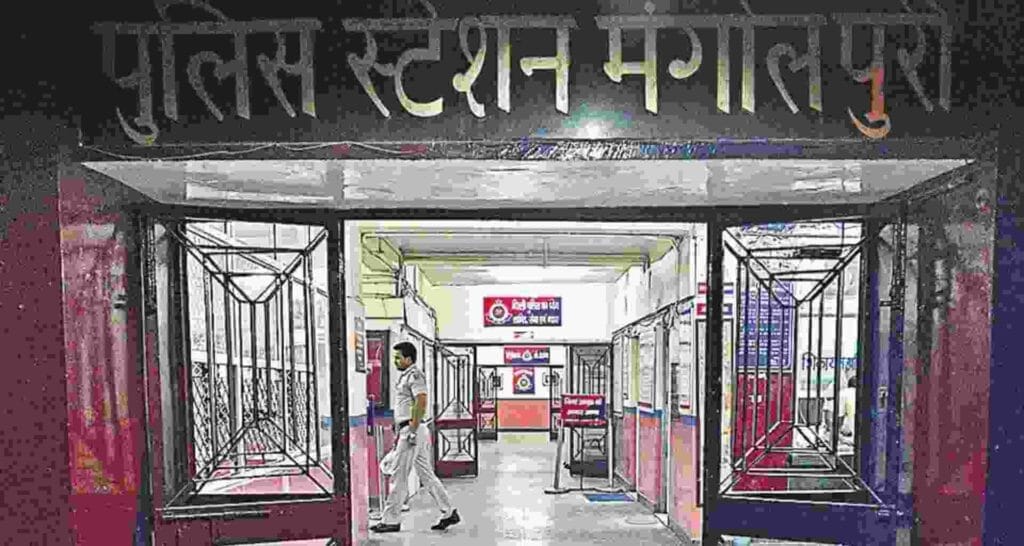
Challenges for BJP and INC
- BJP: The challenge lies in connecting with the local issues and competing against AAP’s grassroots campaigns.
- INC: With a significant decline in vote share, INC needs to revamp its strategy to regain lost ground.
Summary of Vote Share Trends
| Year | AAP (%) | BJP (%) | INC (%) | BSP (%) |
|---|---|---|---|---|
| 2020 | 58.53 | 34.76 | 3.22 | 1.97 |
| 2015 | 46.94 | 21.63 | 29.34 | 1.29 |
| 2013 | 38.42 | 27.04 | 29.26 | 0 |
| 2008 | 0 | 22.21 | 54.42 | 21.55 |
Conclusion
Mangolpuri remains a pivotal constituency in Delhi’s political framework. With each election, its political dynamics evolve, reflecting the aspirations and concerns of its residents. The upcoming 2025 elections are set to be another milestone in shaping the constituency’s future.
